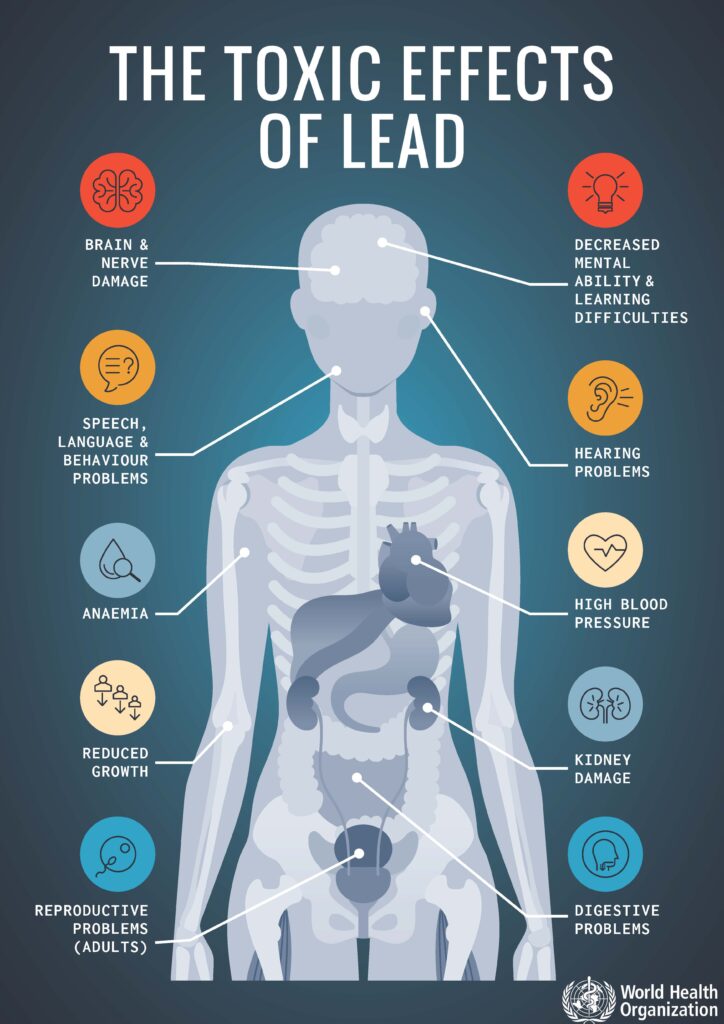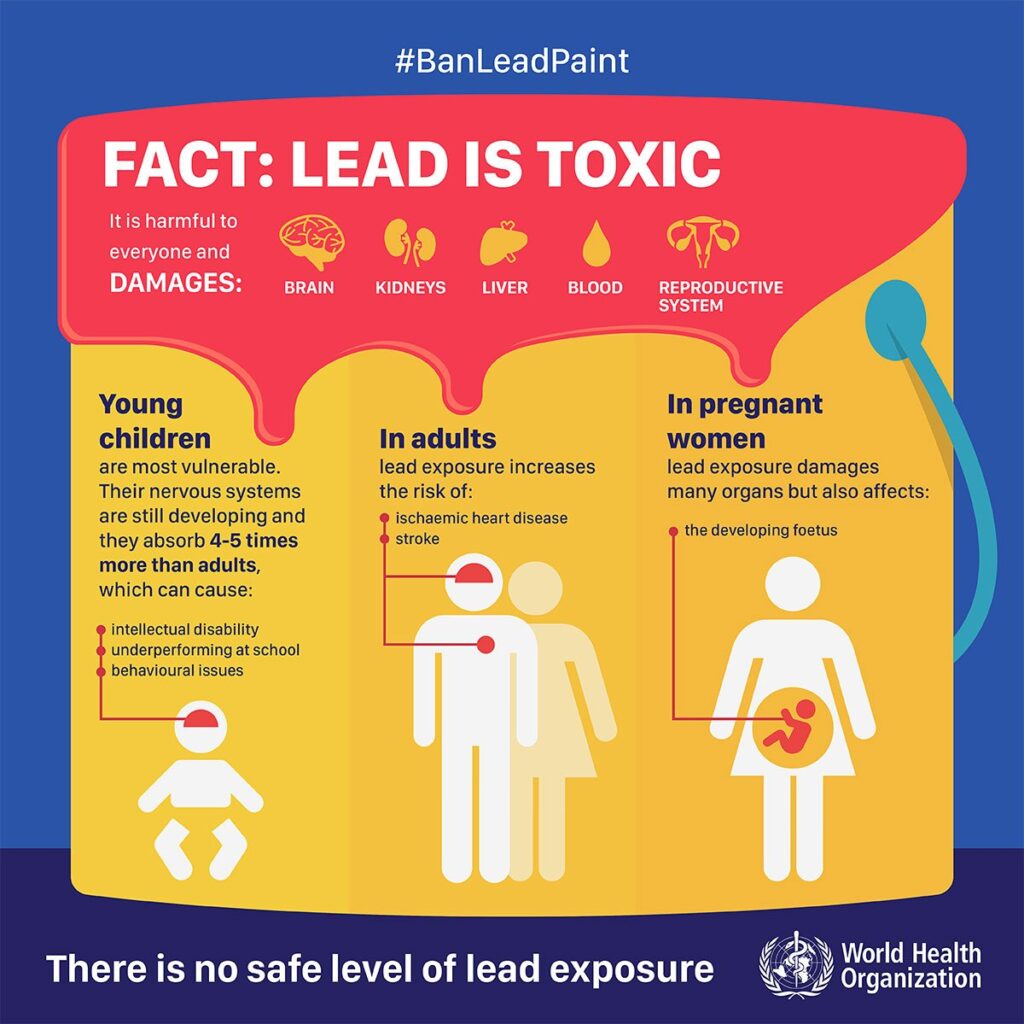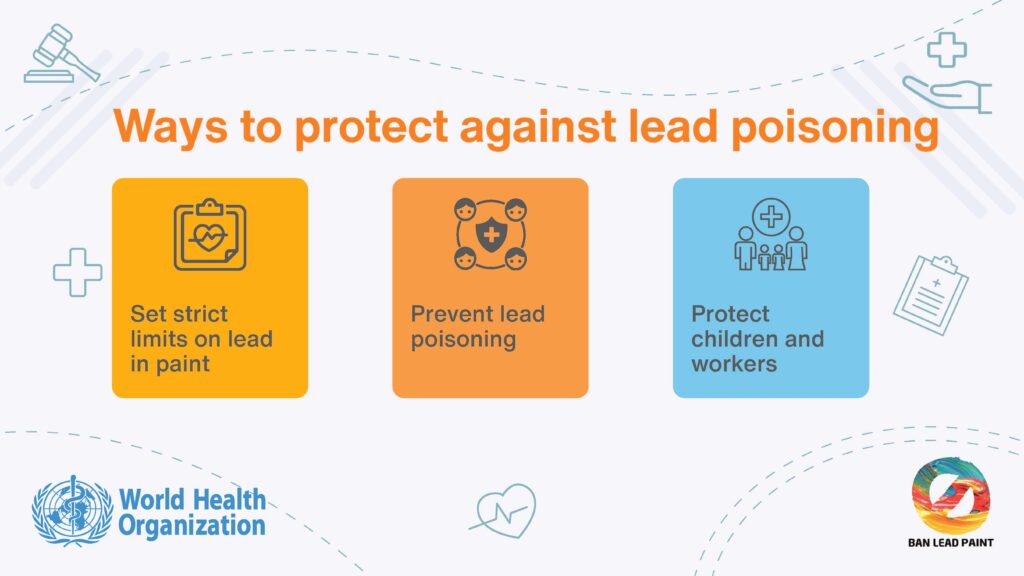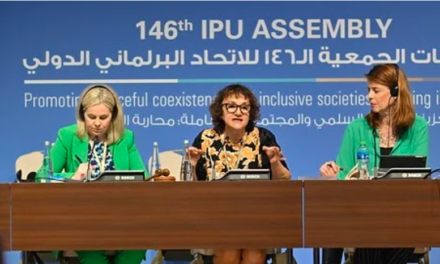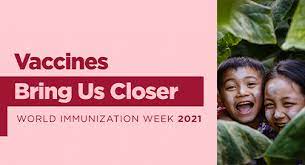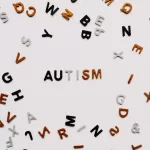Say no to lead poisoning

The tenth International Lead Poisoning Prevention Week (ILPPW) will take place on 23-29 October 2022.
The focus of this year’s campaign “Say No to lead poisoning” reminds governments, civil society organizations, health partners, industry and others of the unacceptable risks of lead exposure and the need for action. The campaign builds on the success in outlawing the use of lead in petrol and the progress achieved by many countries in establishing laws that limit the use of lead in paint, particularly those paints to which children are exposed in their homes, schools and playgrounds.

The issue
Lead is a well-recognized toxicant that has wide-ranging health impacts, in particular affecting the neurological, cardiovascular, gastrointestinal and haematological systems. Young children are particularly vulnerable because they have higher exposures than adults and because lead affects the developing brain, potentially resulting in reduced intellectual ability. The World Health Organization (WHO) 2021 update of the “Public health impact of chemicals: knowns and unknowns” estimate that nearly half of the 2 million lives lost to known chemicals exposure in 2019 were due to lead exposure. Lead exposure is estimated to accounts for 21.7 million years lost to disability (disability-adjusted life years, or DALYs) worldwide due to long-term effects on health, with 30% of the global burden of idiopathic intellectual disability, 4,6% of the global burden of cardiovascular disease and 3.0% of the global burden of chronic kidney diseases.
Even though there is wide recognition of the harmful effects of lead and many countries have taken action, exposure to lead, particularly in childhood, remains of key concern to health care providers and public health officials worldwide.
Important sources of exposure to lead include environmental contamination from mining, smelting, manufacturing and recycling activities and the use of lead in a wide-range of products. More than three quarters of global lead consumption is for the manufacture of lead-acid batteries for motor vehicles. Other products containing lead include pigments, paints, solder, stained glass, lead crystal glassware, ammunition, ceramic glazes, jewellery, toys, some cosmetics such as kohl and sindoor and traditional medicines used in countries such as India, Mexico and Viet Nam. Drinking water delivered through lead pipes or pipes joined with lead solder may contain lead. Much of the lead in global commerce comes from recycling operations.

The toxic effects of lead
The campaign
International Lead Poisoning Prevention Week (ILPPW) takes place every year during the third week of October. 2022 will mark 10 years of action to eliminate lead paint. The focus of this year’s week “Say no to lead poisoning” recognizes the additional urgency of action needed to eliminate all sources of lead exposure.
The aim of the week of action is to:
- raise awareness about health effects of lead exposure;
- highlight the efforts of countries and partners to prevent lead exposure, particularly in children; and
- urge further action to eliminate lead paint through regulatory action at country level.


